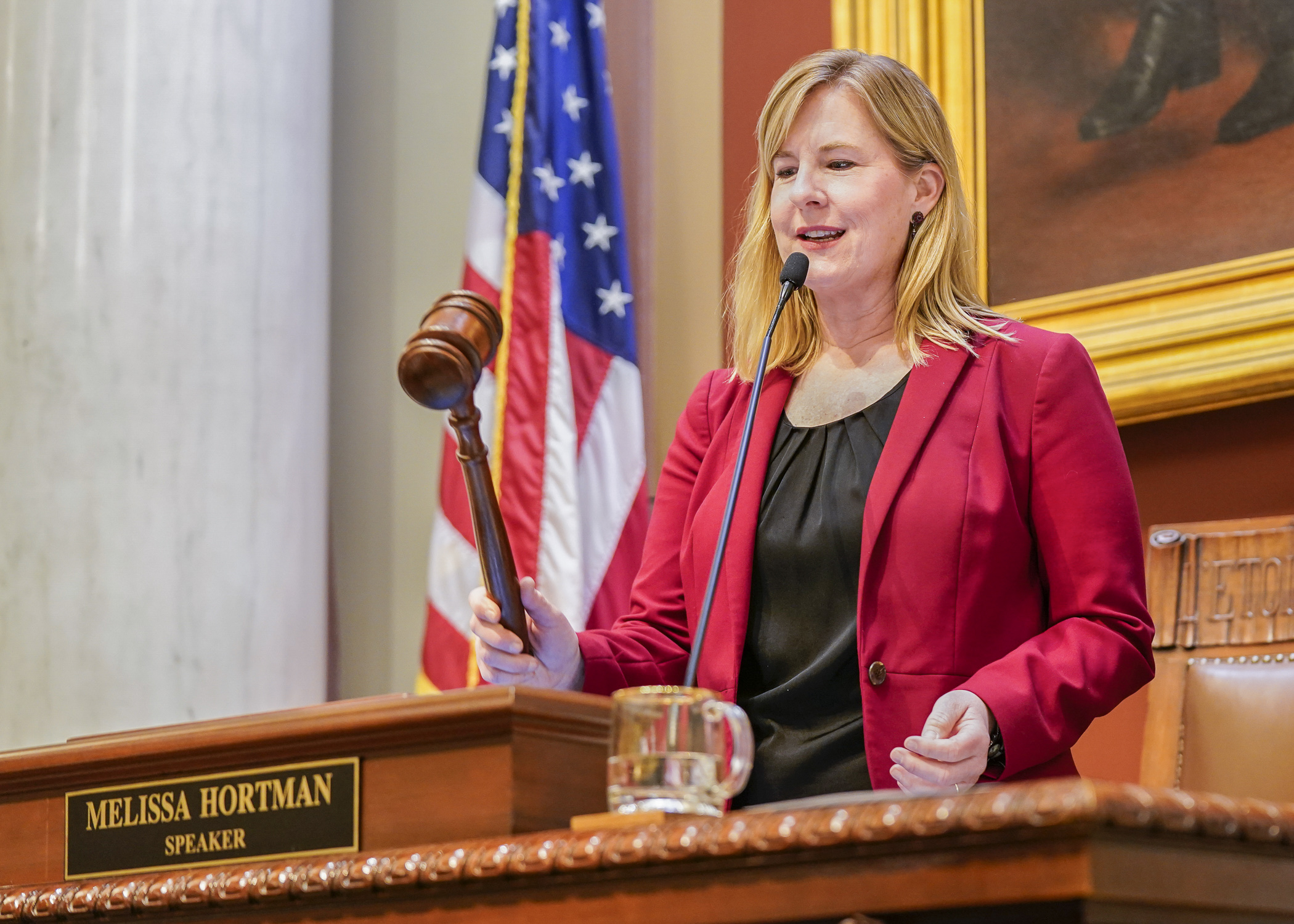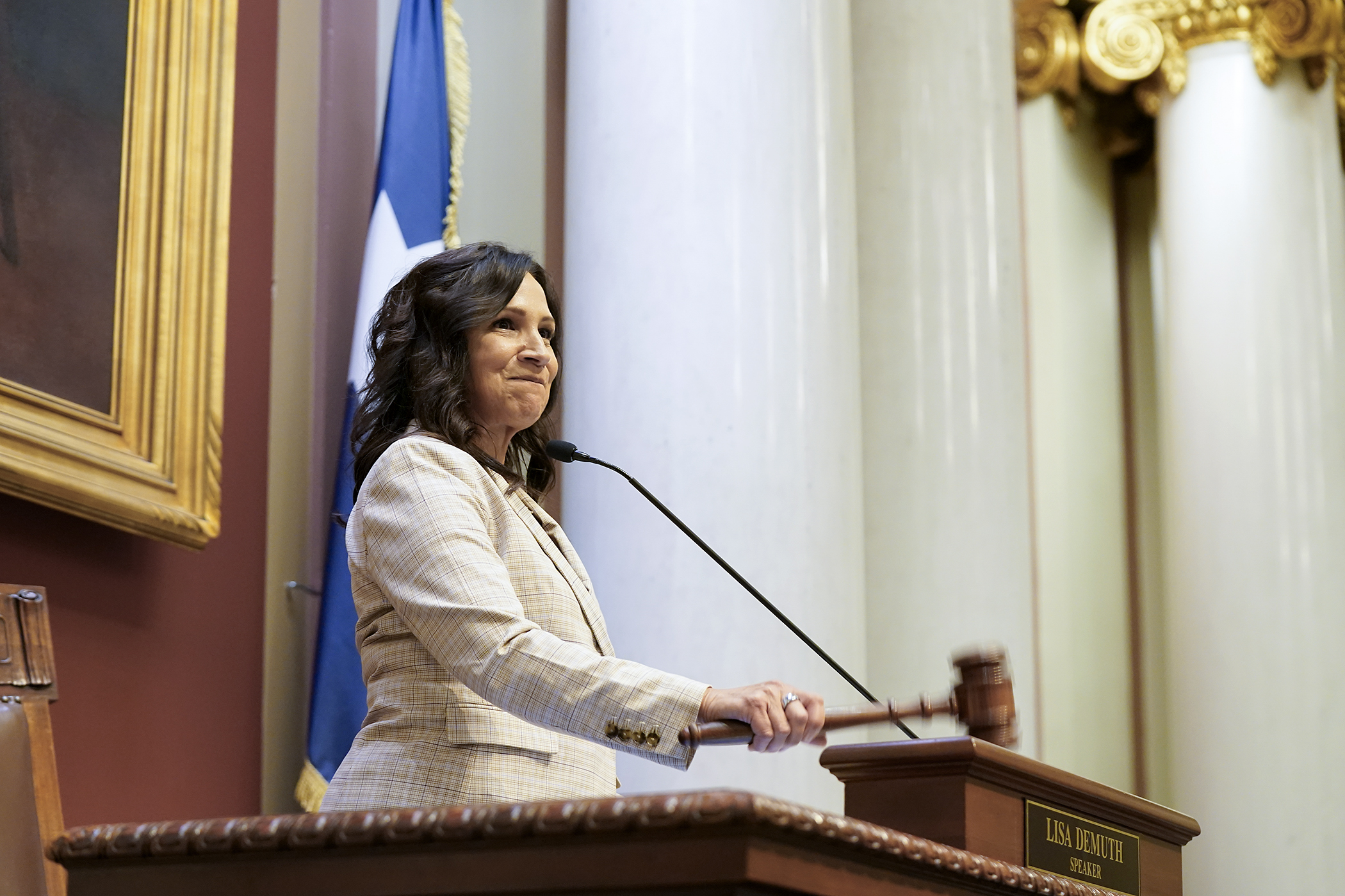House votes to repass omnibus environment bill
The House voted 79-55 to repass the omnibus environment and natural resources policy and finance bill Tuesday despite procedural objections and criticism it doesn’t provide enough funding or do enough to protect the environment or natural resources.
Sponsored by Rep. Dan Fabian (R-Roseau) and Sen. Bill Ingebrigtsen (R-Alexandria), HF888*/SF723 would appropriate more than $800 million during the upcoming biennium.
The direct appropriations in the bill include:
- Department of Natural Resources - $544.02 million
- Pollution Control Agency - $187.7 million
- Explore Minnesota - $29.39 million
- Board of Water and Soil Resources - $27.36 million
- Minnesota Zoo - $17.22 million
- Metropolitan Council - $17.08 million
- Science Museum of MN - $2.16 million
- Conservation Corps - $1.89 million
- School Trust Administration - $1.1 million
The bill now goes to the Senate.
A 10-member conference committee reached agreement Monday evening on a final version of the bill, although only eight signed the committee report recommending repassage of the legislation.
Several House Democrats raised objections to the process the committee followed, and a motion not to adopt the report failed by a 77-57 vote.
WATCH Full video of the House Floor debate on repassage of the bill
Rep. Jim Davnie (DFL-Mpls) said the committee’s final negotiations took place “behind closed doors over a weekend when Minnesota wasn’t invited.”
But Fabian rejected that accusation, telling Davnie “you’ve got it wrong. The environment bill was not done that way. We got all of our stuff done in public.”
Gov. Mark Dayton has indicated several policy provisions in the bill could draw his veto, including modifications to the 2015 buffer law.
The bill would extend the date for buffers, or alternative water quality practices, to be in place by two years – from 2017 to 2019 for public waters and 2018 to 2020 for public ditches.
It would also modify the buffer requirements so that 50-foot buffers would be needed on public waters classified as “shoreland,” while public waters without that classification would only need a 16.5-foot buffer. The DNR has testified this change could move 48,000 miles of buffers from the 50-foot category to 16.5-foot category and would make the mapping process more difficult.
Related Articles
Search Session Daily
Advanced Search OptionsPriority Dailies
Speaker Emerita Melissa Hortman, husband killed in attack
By HPIS Staff House Speaker Emerita Melissa Hortman (DFL-Brooklyn Park) and her husband, Mark, were fatally shot in their home early Saturday morning.
Gov. Tim Walz announced the news dur...
House Speaker Emerita Melissa Hortman (DFL-Brooklyn Park) and her husband, Mark, were fatally shot in their home early Saturday morning.
Gov. Tim Walz announced the news dur...
Lawmakers deliver budget bills to governor's desk in one-day special session
By Mike Cook About that talk of needing all 21 hours left in a legislative day to complete a special session?
House members were more than up to the challenge Monday. Beginning at 10 a.m...
About that talk of needing all 21 hours left in a legislative day to complete a special session?
House members were more than up to the challenge Monday. Beginning at 10 a.m...